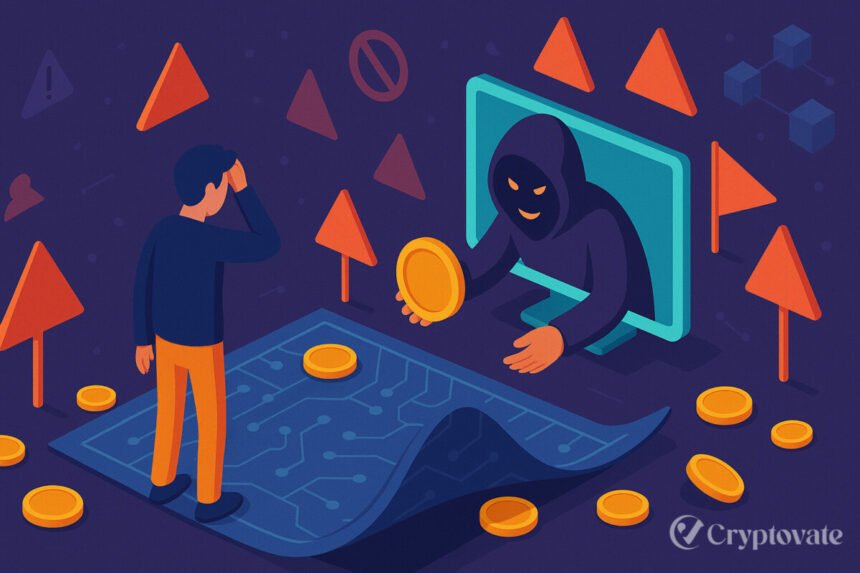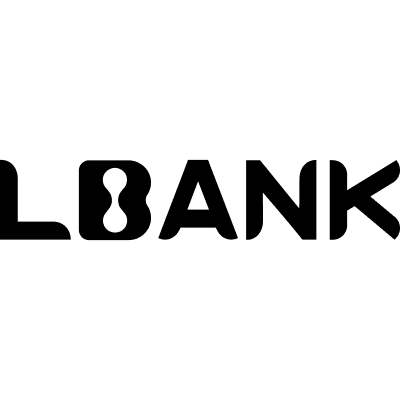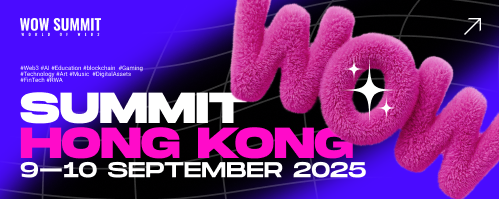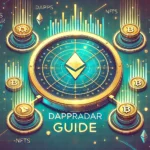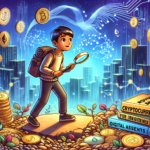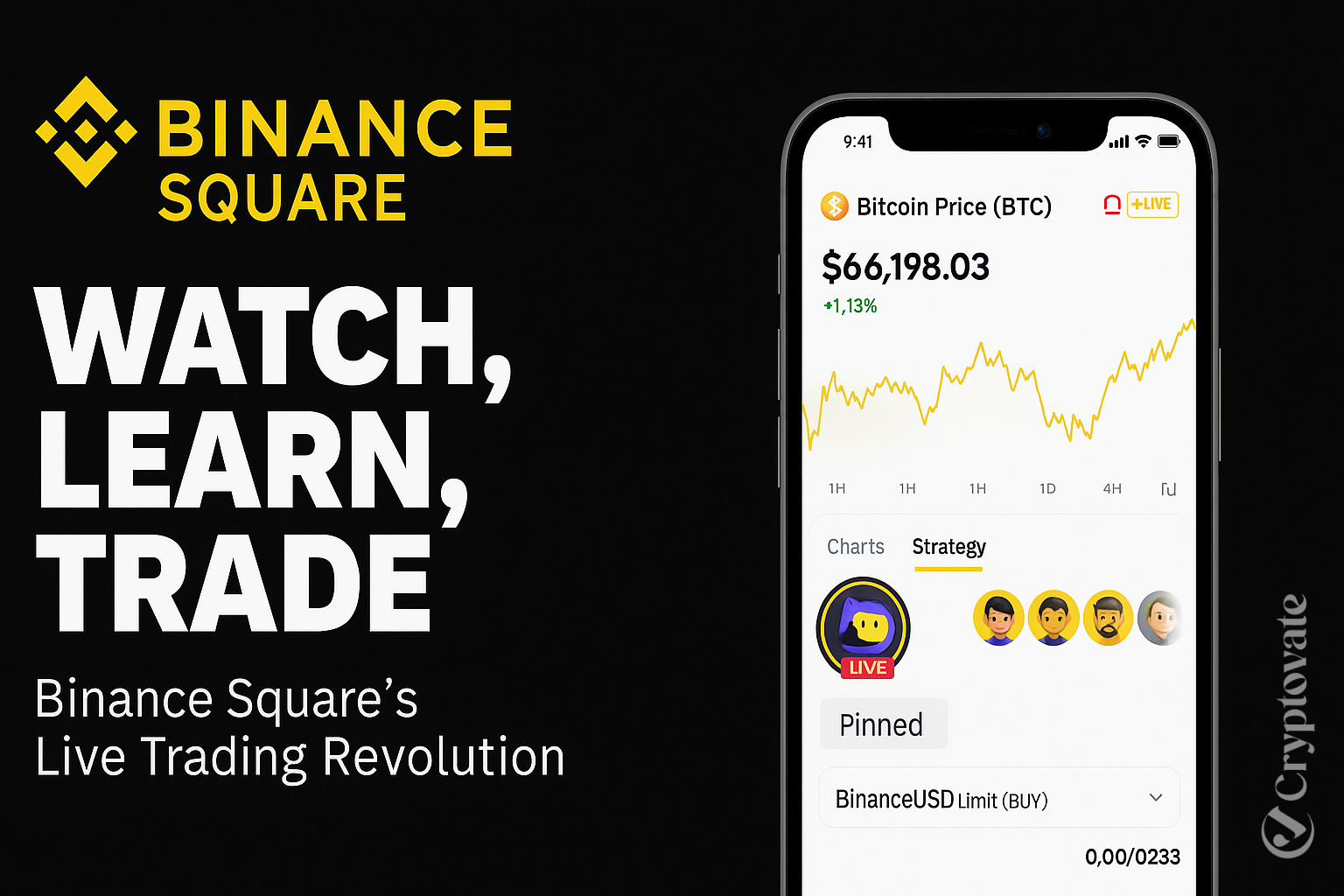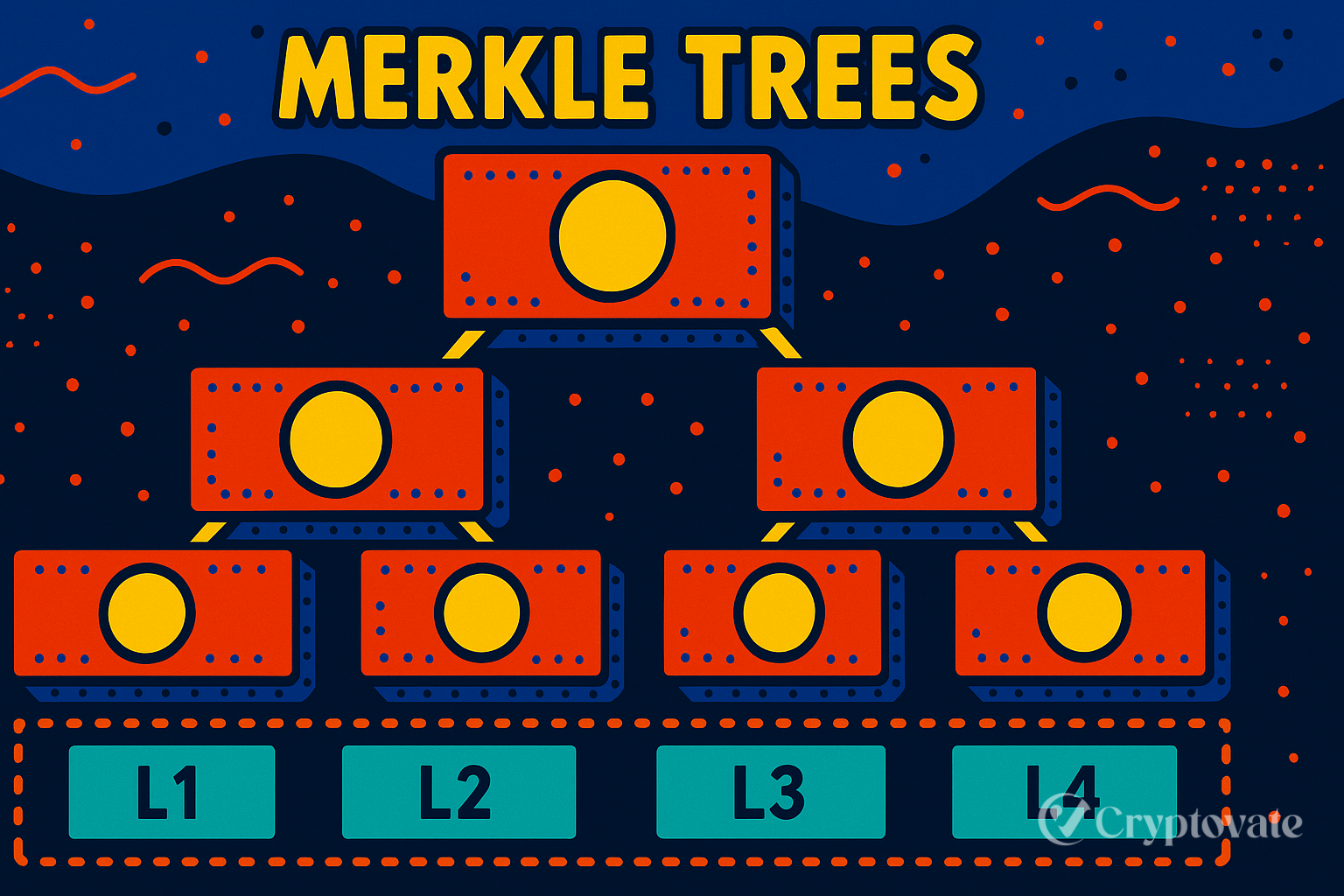– Ad –
| Getting your Trinity Audio player ready... |
In 2025, DappRadar reports only seven confirmed rug pulls, a 66% drop in frequency compared to early 2024, but the losses are staggering: nearly $6 billion wiped out, wiped out in crypto scams thanks to the Mantra (OM) token collapse alone, a jaw-dropper considering just $90 million was lost in the same span last year.
This means is that bigger, more polished scams are replacing quick-hit cons. So, how do you identify a rug pull before millions vanish? Let’s unpack the red flag.
Team & Developer Transparency
- Anonymous founders = instant red flag.
If you can’t identify the team behind the project, LinkedIn profiles, GitHub history, video meet-and-greets, just walk away. Projects that genuinely want your trust will show up upfront.
- Token allocation doesn’t lie.
If a handful of wallets, especially the deployer, hold most tokens, that project is high-risk. Use block explorers like Etherscan to verify distribution.
Smart Contract & Code-Level Hygiene
- Independent security audits matter.
If there’s no audit, or worse, only an internal one, that’s a problem. If there is an audit, skim it: look for vulnerabilities or unresolved issues.
- Code smells = backdoor risks.
Static analysis tools (e.g., Slither) now detect hidden backdoors common in some NFT projects, by flagging functions that let developers drain liquidity.
Liquidity Pool Behavior
- Is liquidity locked?
Legit projects lock LP tokens for months. If developers can pull liquidity anytime, they can pull the rug anytime.
- Watch for slow drains.
Not every rug pull is a sudden drain. Sophisticated scams siphon liquidity slowly (“SLID scams”), evading detection until too late.
On‑Chain Footprints & Transaction Patterns
- Whale activity or wash trading.
Sudden big transactions, especially from the same addresses, are suspicious. Check trend charts for fake volume spikes using tools like DEX Screener.
- Code + tx anomalies trigger detection.
Tools like RPHunter can be strikingly effective, reporting 95% precision in detecting rug pull tokens.
Hype, Community, and Social Signals
- Sky‑high promises, no deliverables = alarm bell.
FOMO drives pump-and-dump psychology. If the project’s road map is full of hype but lacks clear details, it’s a red flag.
- Influencer shilling?
Meme coins promoted by influencers, particularly teens or exclusives, are gambles, not investments. Case in point: Crypto Beast’s ALT token collapsed 95% in days.
- Social engineering is a thing.
Fraudsters tease exclusive info, urging quick purchases. If a Telegram admin DM’s you promising moonshots, log out and walk away.
Regulation & Reputation Signals
- Scams are stealing headlines.
From million-dollar meme‑coin dumps to celebrity-backed tokens tanking, trust is eroding rapidly.
- Politicians aren’t above it.
Even high-profile tokens like Argentina’s $LIBRA scandal involved alleged rug pulls, $250 million wiped out, and criminal complaints filed.
How to Identify a Rug Pull: A Four-Point Plan
- Check liquidity lock vs rug pull risk: Use platforms like Unicrypt or OmniStaking. If liquidity is locked for months, you’re safer. No lock? Walk away.
- Verify audits and contract health: Confirm the audit firm (e.g., CertiK, Hacken). Read for backdoors, claimed audit vs full one. Cross-reference on-chain scans for vulnerabilities.
- Analyze on-chain token flow: Tools like Etherscan or Dune let you zoom in on wallet behavior. Big dumps by dev wallets = immediate no-go.
- Track social proof, but stay skeptical: Don’t fall for influencer hype. Look for disclosures: Are they paid? Are they connected to the token launch? Stay critical.
Also Read: Avoiding Crypto Scams: Your Safety Guide for 2025
Pro Tips to Stay Ahead
- Read the fine print: team info, vesting schedules, audit links. If minimal or absent, move on.
- Lower the risk: never bet more than you’re willing to lose. Spread across vetted projects.
- Set sell limits and alerts: if anything spikes suspiciously, sell immediately.
- Community intelligence matters: check Reddit, Crypto Twitter. Folks call out suspicious moves, listen if they say red flags exist.
Final Thoughts
Rug pulls in 2025 aren’t your average pump-and-dump; they’re engineered and high-stakes. But here’s the bottom line: if you know what to look for, liquidity locks, dev anonymity, audit rigor, unusual on-chain flows, you don’t have to be a victim.
Stay cautious, stay curious, and always vet before you invest. That’s the only play.
FAQs
What’s a quick way to spot a rug pull risk in a crypto project?
Look for anonymous developers or vague team details. Check if liquidity is locked using tools like Unicrypt. No lock or hidden team? Steer clear.
How can I verify a project’s smart contract safety?
Ensure there’s an independent audit from firms like CertiK. Use tools like Slither to scan for backdoors or vulnerabilities in the code.
What on-chain signs indicate a potential rug pull?
Watch for large token dumps by developer wallets or unusual transaction spikes. Tools like Etherscan or DEX Screener can reveal suspicious patterns.
Why is social media hype a red flag for rug pulls?
Overhyped promises or influencer shilling, especially without disclosures, often signals a pump-and-dump. Be skeptical of Telegram admins pushing “insider” deals.



